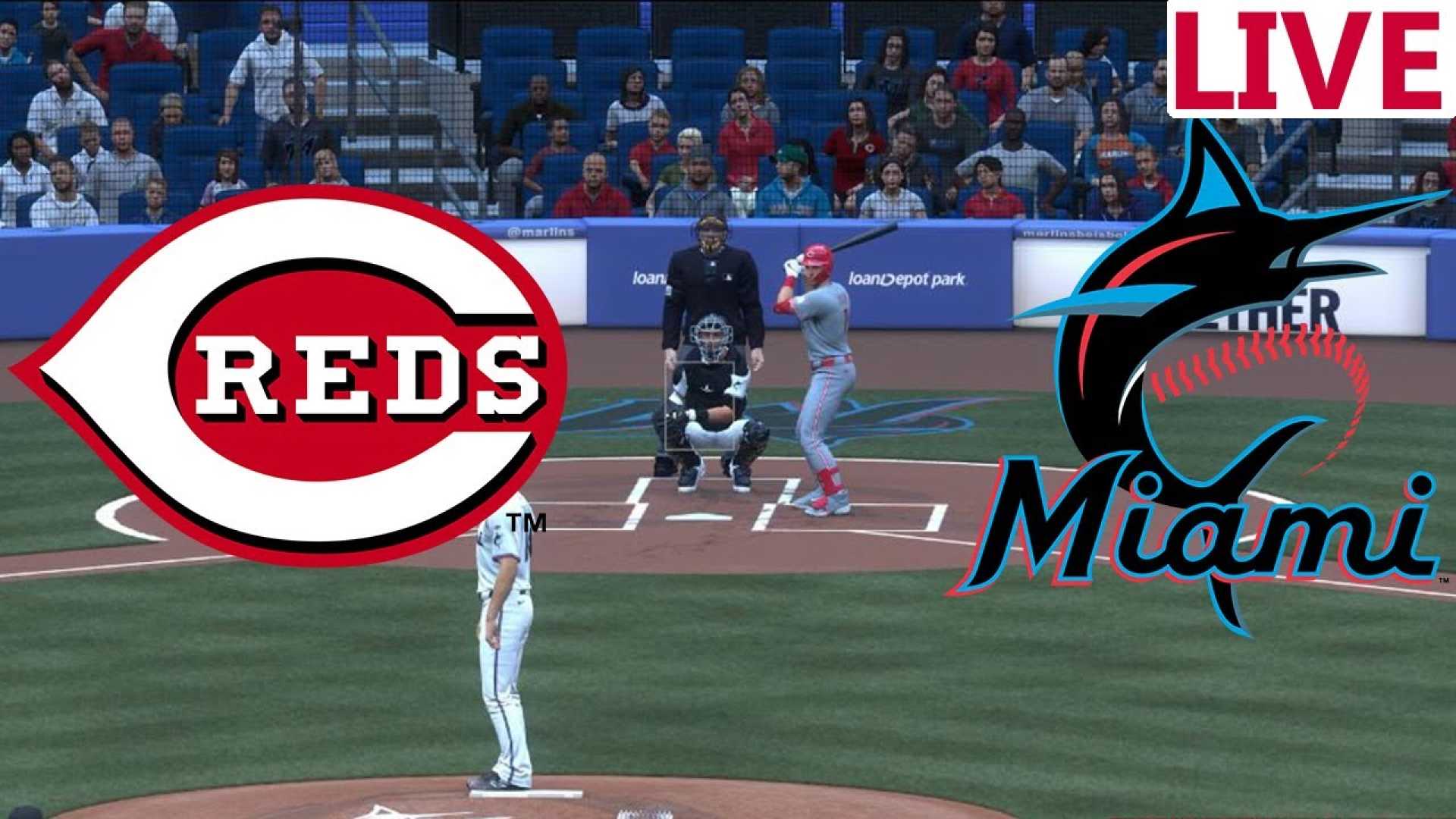Sports
Marlins’ Struggles Highlight MLB Payroll Disparities Ahead of Dodgers Series

MIAMI, Florida — Five days after 50,000 fans packed Dodger Stadium, Luis Diaz made the 40-minute drive from Pembroke Pines to see the Miami Marlins play the Cincinnati Reds at LoanDepot Park.
Diaz and his friend John Hewitt watched as the Marlins faced the Reds in front of a crowd of 7,646, a stark contrast to the expected excitement awaiting them at Chavez Ravine against the defending champion Los Angeles Dodgers.
“We’ve got to find a way to make more money so we can compete with those high-end teams,” Diaz said. “As far as us being a poor team, that’s really up to the owners, the way they move through their business. We’ve just got to step up. That’s it.”
The disparity between Major League Baseball’s wealthy franchises and their lower-revenue counterparts became even more evident. The Dodgers’ payroll is estimated at $407.6 million, the largest gap in modern history between a team and its opponent.
“And we’ve got to bring more people to the park, too,” Hewitt added, pointing to empty bleachers. “This place is empty today.”
This season, attendance in Miami has routinely fallen short of 10,000, a reality that has plagued the Marlins for over a decade. Dietz noted that, as an emotional fan of the franchise, it’s frustrating to see so few Marlins supporters compared to Reds fans in their own stadium.
The challenges extend into negotiations as the collective bargaining agreement nears expiry. Officials from both MLB and the players’ union anticipate a potentially contentious dialogue regarding a salary cap, which might compel teams like the Marlins to spend more while capping budgets for franchises like the Dodgers.
This offseason has fueled the conversation about financial inequality. The New York Mets signed outfielder Juan Soto to a record 15-year, $765 million contract, while lower-revenue teams failed to secure deals over $51 million for pitching.
Marlins owner Bruce Sherman defended the team’s financial approach, emphasizing a long-term plan aimed at building a competitive team. He pointed to investments in player development and infrastructure but didn’t comment on the disparity between his club and the Dodgers.
“We’re going to compete. We’ve competed with them in the past. We will continue to compete,” Sherman said. Team president Stan Kasten framed the Dodgers’ spending as an obligation to their loyal fanbase.
“It’s our investing in our product for our fans,” Kasten said. “They continue to invest in us, in all the ways they can.”
The Marlins find themselves at the bottom of both payroll rankings and attendance figures, leaving players like Diaz and Hewitt with concerns as they look toward a future where the spending gap poses a challenge for their team.












